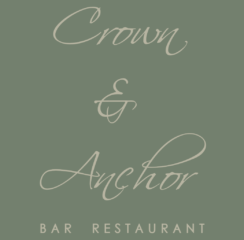How to Eat Oysters and Caviar
 OYSTERS
OYSTERS
Oysters are served on a bed of ice, accompanied by fresh lemon wedges and sometimes mignonette (shallot and red wine vinegar dressing).
They will be already shucked (i.e. detached), but you can use your fork to prise the flesh from the shell if any sticks. Squeeze the lemon over the oyster in the shell.
Pick up the shell and bring the widest end to your lips. Tilt, and slide the entire contents of the shell – the oyster and all the juices – directly into your mouth from the shell.
Alternatively, you can hold the oyster in your left hand and spear the contents with a fork (sometimes special oyster forks are provided), then drink the remaining juice from the shell.
You can chew the oyster, or swallow it down in one. Generally, however, its best to chew so that you can savour the unique briny, metallic taste of the oyster.
 CAVIAR
CAVIAR
Caviar – the roe of the sturgeon fish – is best eaten as simply as possible, served at room temperature.
Accompaniments such as sour cream, onions and lemon are popular, but a true connoisseur would never disguise the true taste of the caviar. The average portion is approximately 30 grams – it should be enjoyed in small quantities and not eaten in bulk.
Good caviar should not taste salty. Test it by placing a small amount on the fleshy part of your hand between your thumb and index finger; it should not smell. Once opened, caviar should be stored in a champagne flute in the fridge, never in the tin.
Traditionally, vodka was drunk as an accompaniment as the oil in the caviar lined the stomach so large quantities of alcohol could be consumed. Nothing, however, compliments it better than a glass of chilled champagne.
– See more at: http://www.debretts.com/british-etiquette/food-drink/how-eat/how-eat-oysters-and-caviar#sthash.etWUl8NE.dpuf
